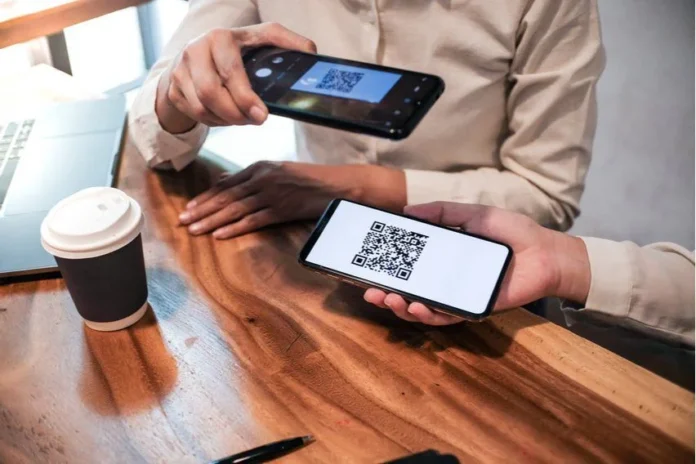Author: Rhiân Davies
Date: August 5, 2022
Link: https://www.fool.com/the-ascent/small-business/pos/articles/mobile-payments/
Introduction
Mobile payments refer to payments completed through mobile devices and are not the same as virtual terminals (web-based apps where merchants manually input payments). Although mobile payments were skeptical in the beginning in terms of security and potential success rate, by 2021, mobile payments have reached $161.41 billion in transactions.
Three Types of Mobile Payments
- Near-field communication (NFC) payments
- Mobile to NFC card reader device (contactless)
- Sample situation NFC is used is when bank information is stored in “mobile wallet” which would be tapped onto the card reader like an actual tap credit card
- Quick response (QR) codes
- Customers open their camera to scan QR code
- Payments can be processed either through the customer using an app that facilitates QR code payments or a merchant scanning the customer’s QR code that directly transitions to the card information
- Magnetic Secure Transmission (MST) payments
- MST uses magnetic signals to connect the mobile device to a POS terminal
- The payment goes through when the mobile device is placed close up to the POS terminal
Benefits for Small Businesses to make Mobile Payments Available
- Increase sales volume: Cash payments are declining as far half the amount non-cash payments are spending
- Improves the customer experience: Customers only need to tap, they don’t need to rustle their through bags to find their credit cards
- Reduces hardware expenses: Purchasing expensive multifunctional POS readers may not be price efficient, but mobile payment readers tend to cost less
Analysis
Payments have become extremely easy recently. Maybe even too easy. As this article says, the amounts spent on mobile payments have been drastically high compared to cash payments (doubled!). Although this may have resulted in an easier process for making purchases and reduced extra expenses, for both the customer and merchant, this solution may be taking a toll on groups of people who lack budgeting skills that now have even fewer chances of checking their total balance. Before they might have been able to keep track by the thickness of their wallet weight of having to pull through an entire process of doing a payment which could have acted as a reminder of making another purchase, now with an easy tap of the phone, they wouldn’t be as reminded as much. A solution that would make payments easier and not burden the merchant is ideal, but a solution where, on top of that, the user would have a consistent reminder of their bank situation be even better.




